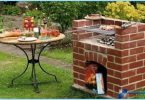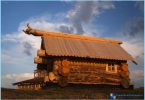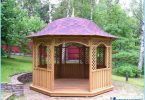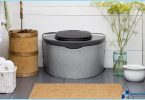Siding: main features ↑
Siding is the material for the decoration of various buildings. It is produced from natural or artificial raw materials. But regardless of this, the siding is different beneficial qualities to consumers. Panels are not afraid of direct sunlight and extremes of temperature, does not rot and repel moisture. And not afraid of insects. In the production of the material used is harmless to human components, which indicates the eco-friendliness of finishes. In addition to these properties there are the following:
-
elasticity;
-
elasticity;
-
resistance to mechanical stress.
Material is used not only for external but also for internal work, as it has the highest design qualities: a wide range of colors, variety of textures, the ability to simulate wood or other material.
Siding: types ↑
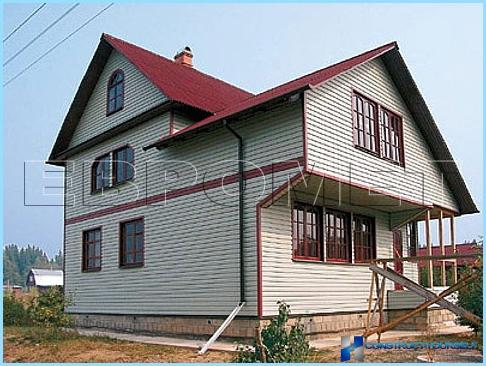
Vinyl
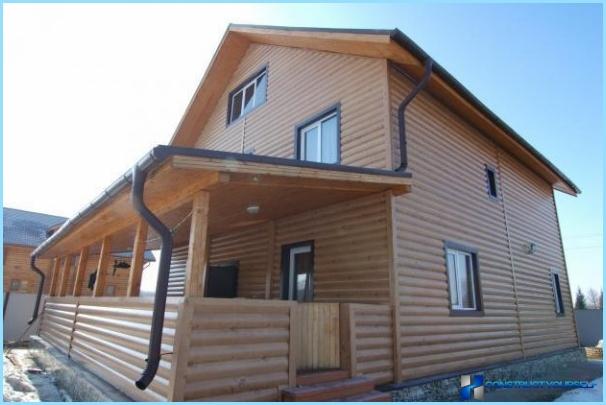
Wooden
Distinguish two types of siding:
1. Wood. It may smooth or embossed surface to mimic different types of wood. In the process of making the panels must be treated with special substances and resins. This gives the panels the quality of durability and strength, resistance to moisture. Wood siding is environmentally friendly, can be applied in different regions. It is produced by extrusion technology or solid wood. Pressing is a technology which involves wood pulp with binder components. On its surface creates a pattern that mimics the tree structure. In the production in mass is added various components, which are designed to improve the technical characteristics of finished products, in particular:
-
strength;
-
reliability;
-
resistance to moisture.
The types of wood siding boards:
-
the block-house;
-
lining;
-
Board (sheathing).
2. Vinyl siding is made of several PVC. Structurally, it consists of two layers: upper and lower. Each layer has its own task:
-
upper provides protection of the material;
-
bottom–provides resistance to influences of a mechanical nature.
Vinyl siding has different sizes which depend from the manufacturer and it can be smooth or simulate metal or stone, brick. The advantages of this material are:
-
wide range of colors;
-
resistance to external influences;
-
resistance to sunlight;
-
resistance to rot and oxidation;
-
the possibility of using the material in different climatic zones.
-
durability;
-
environmentally friendly;
-
affordable price.
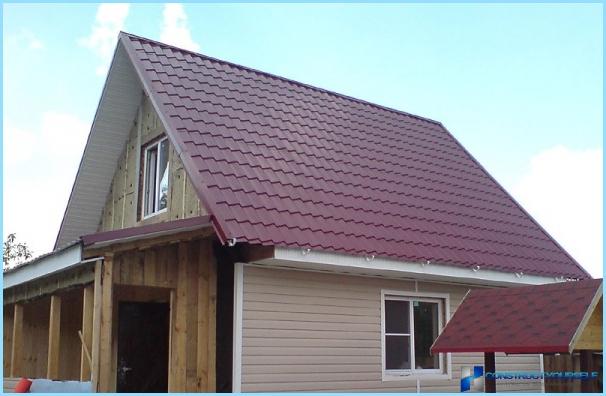
Finish bath siding photos
Finish bath ↑
This work has its own characteristics. Before you can use siding, walls vyryvayutsya. Only under this condition, the panels will be properly attached to the crate. If the room is built from wood, then it oblitsevat possible only after its shrinkage. Finish bath is carried out using the basic set of tools: center punch (spring-loaded), hammer, scissors, metal, tape, level, hammer. Regardless of the type of trim fasteners must be manufactured only from aluminium and stainless steel. His hat should have a diameter not less than 8 mm. Despite the fact that the manufacturers are positioning the siding as one of the most resistant materials when temperature drops, it happens that he’s a little deformed. On this basis, it is necessary to make a small gap. Fasteners are in the center of the holes made by the punch. Panels are fixed so that they can move within the holes. The installation of the material starts from the Central part of the wall when approaching the edges.
Technology installation ↑
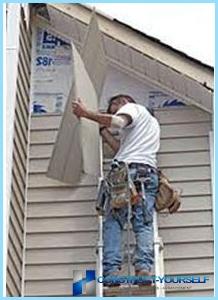
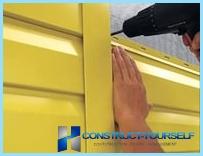
Installation work begins with the installation of the starter strips and profiles. Then proceed to the corners (internal and external). In the next stage assemble the crate, which is made of slats, filling them to the surface. Slats are located at a distance of 30 centimeters relative to each other. Plank (finish) is mounted last. After the consolidation of the crates, proceed to the panels. They are placed horizontally. The bar goes up and up until she will be reunited with a starting profile. If you hear a clicking sound of the lock, this means that the panel is mounted. After that, the wizard proceeds to installation of subsequent panels. They are mounted the same way: by connecting with each other and snap locks. The siding is secured to the sheathing with nails or screws through holes which must be made in advance. Do the top of the panel. The surface is leveled using a level. Don’t forget that this should be done every six rows. Finish bath siding involves the simultaneous installation of insulation. To do this, use a foam or cellular concrete. Insulation installed between the wall structure and siding. When choosing materials for carrying out insulation work, you need to consider the following factors:
-
weather to the region of construction;
-
features of use of the structure;
-
the material from which built bath.
External finish bath siding involves the relative ease of the work. In principle, the finish can be mastered by even a layman. Panels are often composed, by analogy with the children’s designer. Bath, covered with siding, looks very attractive. If the process works, the technology of plating was carried out in strict accordance with existing requirements, then bath will serve their owners for many years. Many owners of country stations give second life to old baths, sheathing their siding. One of the most interesting finishes is the block-house, a type of wooden siding. Bath, trimmed them, looks very nice.

